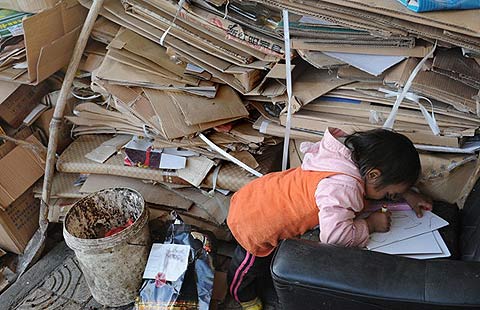A new chapter in fight against hunger
Updated: 2014-10-24 07:28
By Xuan Li(China Daily Europe)
|
|||||||||||
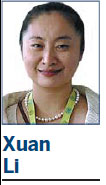
Generous donation from China highlights its role in grappling with undernourishment
When Premier Li Keqiang addressed the United Nations Food and Agriculture Organization at its headquarters in Rome on Oct 15, he spoke of how poverty and chronic undernourishment continue to afflict the world. His words had special resonance with many of his compatriots. "Chinese people of my generation have lived in an era of hunger," he said. "One may easily forget the satisfaction when one has a big meal, and the memory of hunger remains forever."
Since then, China has made remarkable progress in tackling its food security challenges: about 138 million people have been lifted out of hunger since 1990-92, and China has accumulated much experience and know-how that it can share with other countries, Li said. He then renewed a pledge to support agriculture and food security in developing countries and promised an additional $50 million to FAO's South-South Cooperation program.
It was wonderful news for all participating countries, and it presents an opportune moment to review the program's achievements and consider new perspectives.
The South-South Cooperation program is a mechanism the FAO has developed that involves sharing knowledge, technologies and best practices between governments, organizations and individuals in countries in the global South. China is among the biggest partners and contributors to the program, and Li's pledge builds on a $30 million donation China made to the FAO in 2008.
In many ways China and the FAO have pioneered the South-South Cooperation model, and the numbers are testimony to this. Since 1996 more than 1,000 Chinese agricultural experts and technicians have been deployed to 25 countries in Africa, Asia, the Caribbean and the South Pacific. Of these, 255 have been deployed since 2008. In conjunction with China, more than 400 types of agricultural technologies have been transferred, 268 new varieties of crops and vegetables have been tested, adapted and multiplied for local production, and about 1,300 hands-on training courses and seminars have been organized.
China's partnership with the program has focused primarily on technology transfers designed to help farmers in beneficiary countries to increase production. But this is not enough. Experience shows that sustainable agricultural development requires an enabling environment that includes a reliable supply of inputs such as seeds and fertilizers, functioning markets and supportive policies. Improvements in production will not last if no outlets exist to absorb the additional produce and thus generate income for producers.
In fact, food security is not achieved by simply applying technology. Li emphasized in his speech the pivotal role that policy has played in China's agricultural accomplishments. The agricultural policy reforms of the 1980s resulted in hundreds of millions engaging in farming. As Li said, the huge increase in production achieved by the introduction of hybrid rice in China came about as the result of a specifically developed system aimed at disseminating scientific knowledge and expertise and promoting quality varieties, appropriate machinery and technologies.
Thus, it was institutional policy reform that injected new vigor into family farming. Without government commitment, pricing policy and input subsidies, even the huge success of hybrid rice - increasing production by tens of millions of metric tons over the past 30 years - would have been impossible.
Learning from the Chinese experience, it is clear that South-South Cooperation technology transfers should be accompanied by policy review and dialogue, to adapt and replicate successful models, including the Chinese one, to create an appropriate enabling environment.
The FAO has a mandate to promote cooperation among developing countries, and the organization intends to further develop the South-South Cooperation program in a way that will allow beneficiary countries to explore new forms of development solutions. These will include adapting the Chinese model of development for South-South Cooperation partnerships by sponsoring policy assessments and reviews, workshops, and developing manuals that identify policy options for beneficiary countries tailored to local conditions and needs.
The Chinese example shows that the South-South Cooperation program should combine interventions at three levels: policies, institutions and technologies. To make the program more effective, it should go beyond the grassroots; it should engage institutions and policy-makers in order to address all the constraints potentially hindering agricultural development. The FAO will facilitate the exchange and upscaling of development solutions, promote a platform for knowledge networking and facilitate upstream policy dialogue to foster an enabling environment for effective South-South cooperation.
This follows the experiences of other countries. For example, the Zero Hunger Program in Brazil has served as a model for the UN secretary-general's global Zero Hunger Challenge. It is a program that many African, Latin American and Asian countries have taken up, and which is integrated into the FAO's regional initiatives.
China has made a significant contribution to global food security. Of every three people freed from hunger globally since the 1990s, two were from China, a point the FAO Director-General Jose Graziano da Silva highlighted when he welcomed Li in Rome. Given China's progress, other countries have much to gain from its experience. A new chapter in the China-FAO partnership is about to begin: it could make the South-South Cooperation program a vehicle of choice in overcoming poverty and undernourishment in the countries of the South.
The author is attache de cabinet at the office of the director-general of the Food and Agriculture Organization of the United Nations. The views do not necessarily reflect those of China Daily.
(China Daily European Weekly 10/24/2014 page12)
Today's Top News
Highlights of Shenzhen Int’l Photography Week
Palace Museum needs to design landmark souvenirs
In Guangdong, 42 hours of fear
Ambassador urges young people to build up ties
Capital outflow fears unfounded
New proposals for care of the elderly
European Council appoints new commission team
Financing of projects focal point for APEC
Hot Topics
Lunar probe , China growth forecasts, Emission rules get tougher, China seen through 'colored lens', International board,
Editor's Picks

|
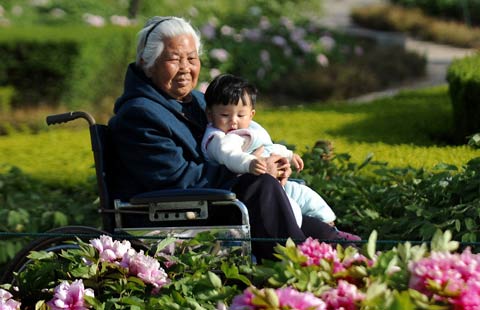
|

|
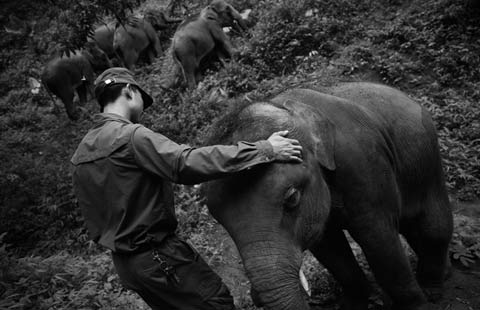
|

|
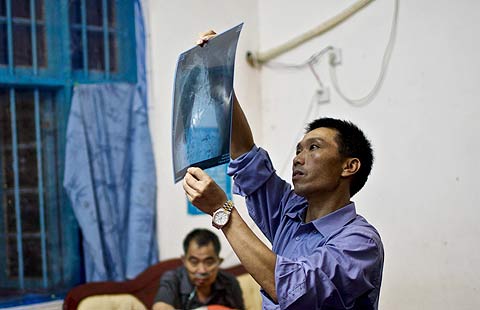
|


